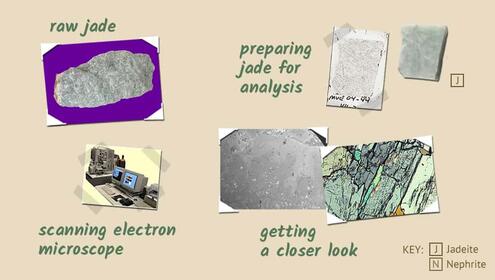
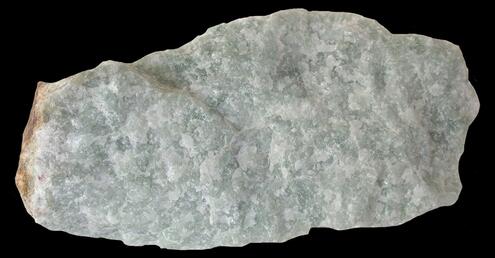
raw jade
When I look at a piece of jade, it's easy to tell its color, texture, and transparency. But figuring out its mineral makeup is another story!
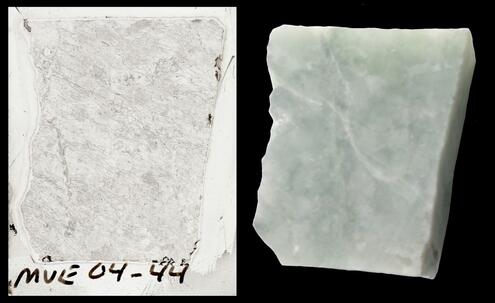
preparing jade for analysis
I first cut off a small piece of jade and glue it to a glass slide. Then I cut off most of the jade and polish it until it's very thin.
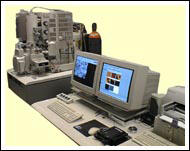
scanning electron microscope
Today we have tools to get a closer look at jade and all its chemical elements. This helps me understand how jade formed. I may even be able to figure out where it was formed.
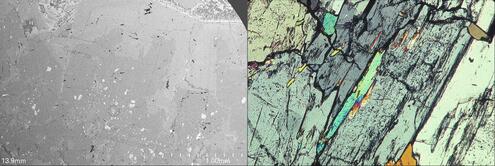
getting a closer look
The black and white image is what jade looks like viewed by a scanning electron microscope. The color photo is an optical microscope image of a similar piece of jade. See those tiny mineral grains? They can tell me which area in Guatemala the jade formed. How amazing is that?
Image Credits:
SEM: courtesy of AMNH; all other photos: courtesy of George Harlow




 Biodiversity
Biodiversity
 Brain
Brain
 Genetics
Genetics
 Marine BiOLogy
Marine BiOLogy
 MicrobiOLogy
MicrobiOLogy
 PaleontOLogy
PaleontOLogy
 ZoOLogy
ZoOLogy
 AnthropOLogy
AnthropOLogy
 ArchaeOLogy
ArchaeOLogy
 Astronomy
Astronomy
 Climate Change
Climate Change
 Earth
Earth
 Physics
Physics
 Water
Water



